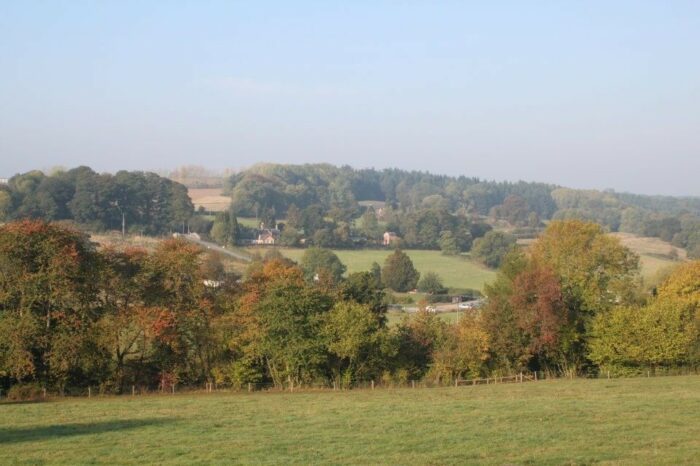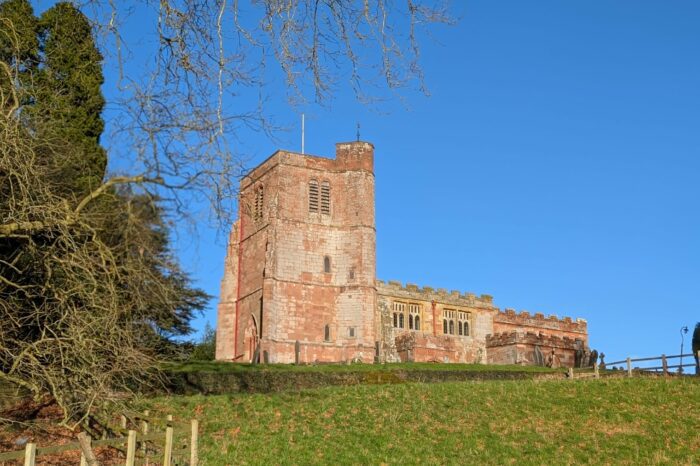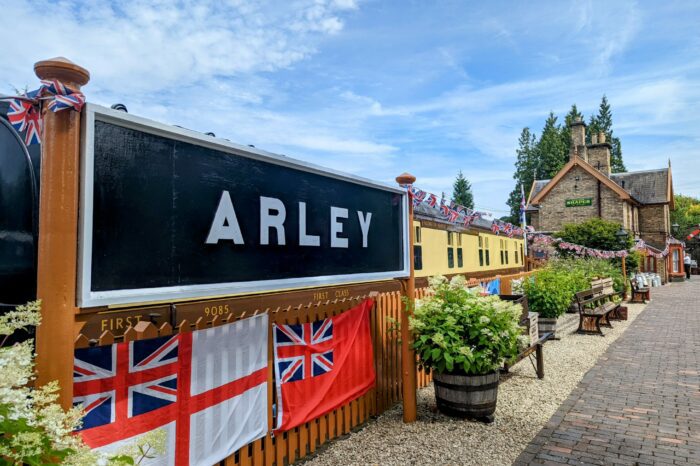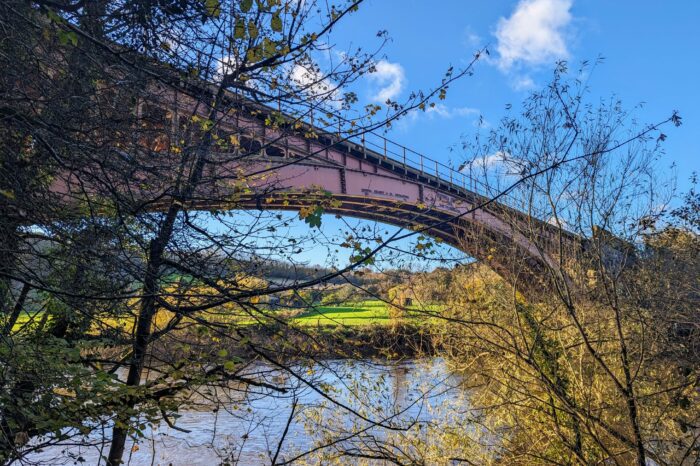.
.
.
.
worralls grove farm house
Over 500 Years Old
Escape and Relax
Arley Estate
No wall is straight, no floorboard is level and you will contantly hear the animals and nature talking. The house is more than 500 years old and surrounded by an ancient orchard, the River Severn and the beautiful Eymore Wood. Our guest rooms are constantly being refurbished, from bedding materials to firmness of the mattress, lighting design, furniture layout and amenities. I will do everything possible to ensure you enjoy your stay and you get that escape from everyday life.
upper arley Village
Most of the historically important buildings date from the eighteenth and nineteenth centuries. The Victorian era was very important to Upper Arley. 1861 saw the opening of the existing school. The village also has a pub, a tearoom and a post office with shop.

upper Arley church
The present Parish Church of St Peter is of the early fourteenth century and incorporates twelfth century fragments. The building is grade 2 listed and seats around 180 -200 people. It is built of local stone and has many attractive features; the church is open every day. There is a bell tower with six bells which are rung at weddings and once a month before morning service. Bell ringing practice night – Tuesday evenings at 7.30p.m.


Sarah stokes fine art workshops
Sarah is a published professional wildlife artist working from Upper Arley village. She has always had a love of nature and is constantly inspired by the birds and animals that live in the woodlands that surround her home and studio, on the banks of the River Severn.
Arley station
in 1862 Arley Station was opened on the western bank of the River bringing new life to the settlement. Brititsh Railways closed the station in 1963 as a result of the infamous Beeching commission. It was reopened by the Severn Valley Railway in 1974 and the station continues to operate with all it historical charm as part of SVR.

conservation area
Upper Arley Conservation Area was designated in 1991 and is based upon a rural hamlet set on the sides of the valley of the River Severn, together with outlying buildings and landscape features. Much of the Conservation Area falls within the present Upper Arley Estate.
upper arley Circular walk
A four mile circular walk taking in tranquil riverside walking, cooling tracks through ancient woodland with the opportunity to explore Britain’s industrial heritage in the form of the Victoria Bridge and the Severn Valley Steam Railway.
VICTORIA BRIDGE
The Victoria bridge spans the river severn and is 500m walk down the river between Arley Village and Bewdley Railway stations. Opened to traffic in 1862 it’s 200 foot length was once the longest single span cast iron bridge in Britain. Time it right, and its a great place to see the Severn Valley Steam Train s rumble across.

arley arboretum
One of the oldest and most spectacular Arboreta in Britain, it is now open to the public thanks to the Trustees of the Roger and Douglas Turner Charitable Trust.
The arboretum was originally planned by Earl Mountnorris around 1800, and it is thanks to his botanical knowledge, discoveries, and foresight, that the arboretum is as it is today. Although Arley became highly renowned for its exotic and rare tropical plants, by the 1840’s, it is the specimen trees that have stood the test of time, now being considered to be one of the country’s finest tree collections.
In 1852 the Estate was purchased by Robert Woodward and remained in the possession of the Woodward family until it was acquired by Roger Turner, a midlands industrialist and philanthropist in 1959 at which time the arboretum was in a state of neglect and many of the village properties required substantial renovation. Symbolically, Turner lies buried in the churchyard and next to the gate leading to the Arboretum and Arley House.

